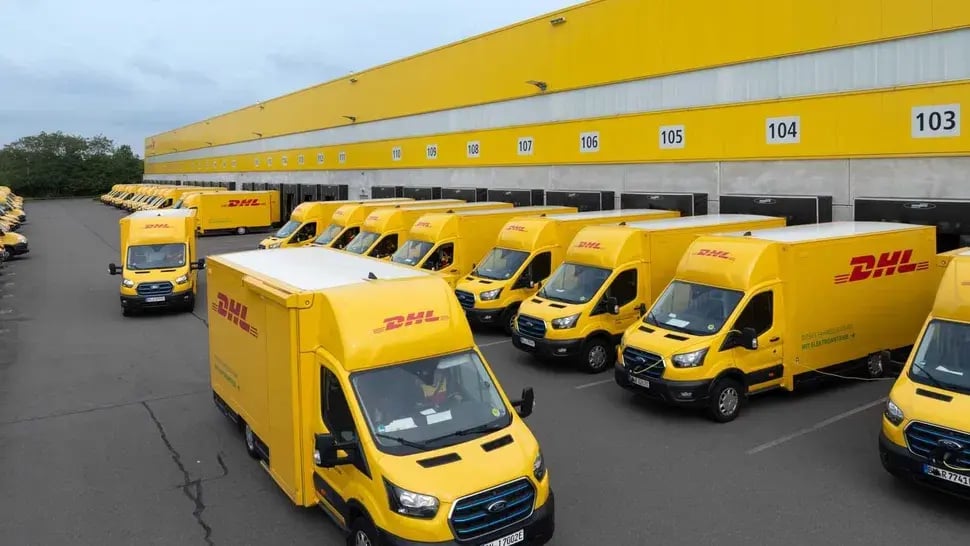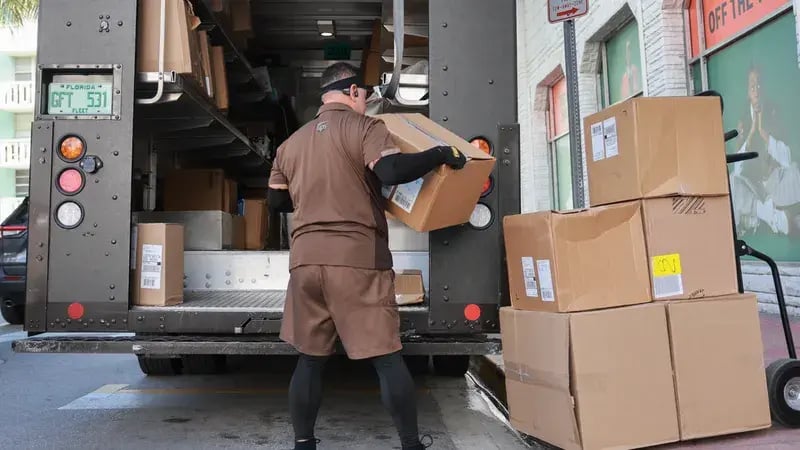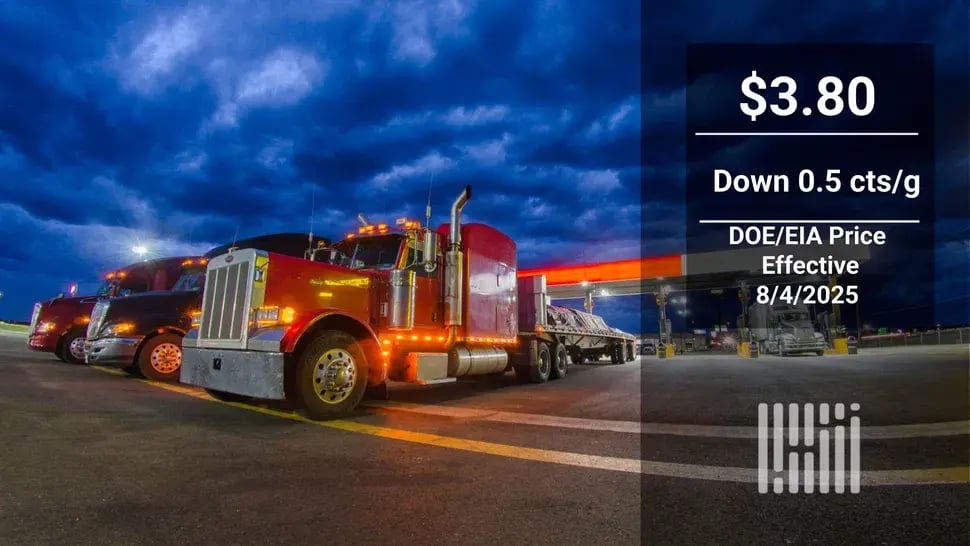The most reliable, lightning-fast platform for last-mile logistics. Powered by the best technology and delivered by the most helpful humans.


From rising tariffs to delivery overhauls, the logistics landscape is getting squeezed on multiple fronts. As policymakers target cross-border e-commerce and legacy trade deals, companies are racing to adapt last-mile operations, pricing models, and labor strategy. Whether you’re shipping across oceans or across town, the message is clear: agility and foresight are no longer optional; they’re your edge.

Check out the Logistics Pulse Podcast on your favorite streaming platform:




The long-standing U.S. de minimis exemption, which lets packages under $800 bypass duties, is now under bipartisan fire. Lawmakers say it’s a loophole exploited by Chinese sellers, while major players like DHL warn of direct financial hits—potentially trimming their U.S. profits by 3%. For consumers and small merchants, the change could mean surprise fees or longer delivery times, upending the seamlessness of global e-commerce. Brands reliant on low-cost, cross-border fulfillment may face a reckoning.
How are shippers recalibrating fulfillment and pricing strategies in response to this regulatory shift?

The U.S. will impose an additional 25% tariff on Indian imports starting August 27, doubling down on earlier reciprocal duties. Framed as a national security response to India’s ties with Russia, the move raises total tariffs to 50%—a sharp escalation that could strain trade ties and reroute supply chains. While intended to pressure geopolitical alignment, the risk for U.S. importers is rising costs and reduced sourcing flexibility. For Indian exporters, it could accelerate a pivot away from U.S. markets.
Will logistics leaders adapt by reshoring, rerouting, or simply absorbing the cost?
Read more on Supply Chain Dive

UPS will soon round up package dimensions to the nearest inch—mirroring a recent FedEx move. The result: higher shipping costs, especially for bulky but lightweight parcels. This change reflects a broader push to align pricing with space consumption rather than weight alone. It's also a signal to e-commerce sellers: packaging optimization is no longer a nice-to-have. As carriers get stricter about profit per cubic foot, small inefficiencies now carry big financial consequences.
Will this push sellers toward smarter packaging—or toward alternative carriers and fulfillment models?
Read more on Supply Chain Dive
The retailer is investing in dedicated delivery trucks and local partnerships to reduce cart abandonment and boost revenue, a bet that rural last-mile service pays off .
New U.S. energy deals boost LNG export targets, but a lack of U.S.-built tankers threatens to stall delivery.
Trans-Pacific rates remained steady despite the latest U.S. tariff deadline, suggesting muted market response from both shippers and carriers.
The union representing U.S. rail workers warns of major job losses if Union Pacific and Norfolk Southern merge, despite promises of long-term network efficiencies.
An infrastructure fund is acquiring the largest U.S. regional railroad for $1B, signaling strong investor confidence in domestic freight corridors.
